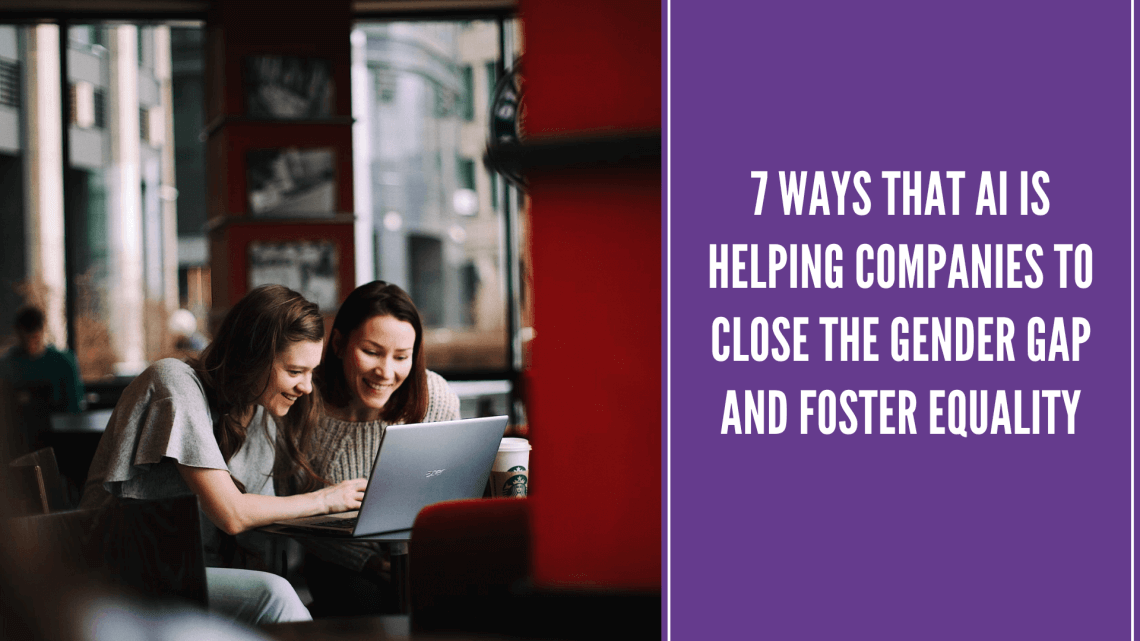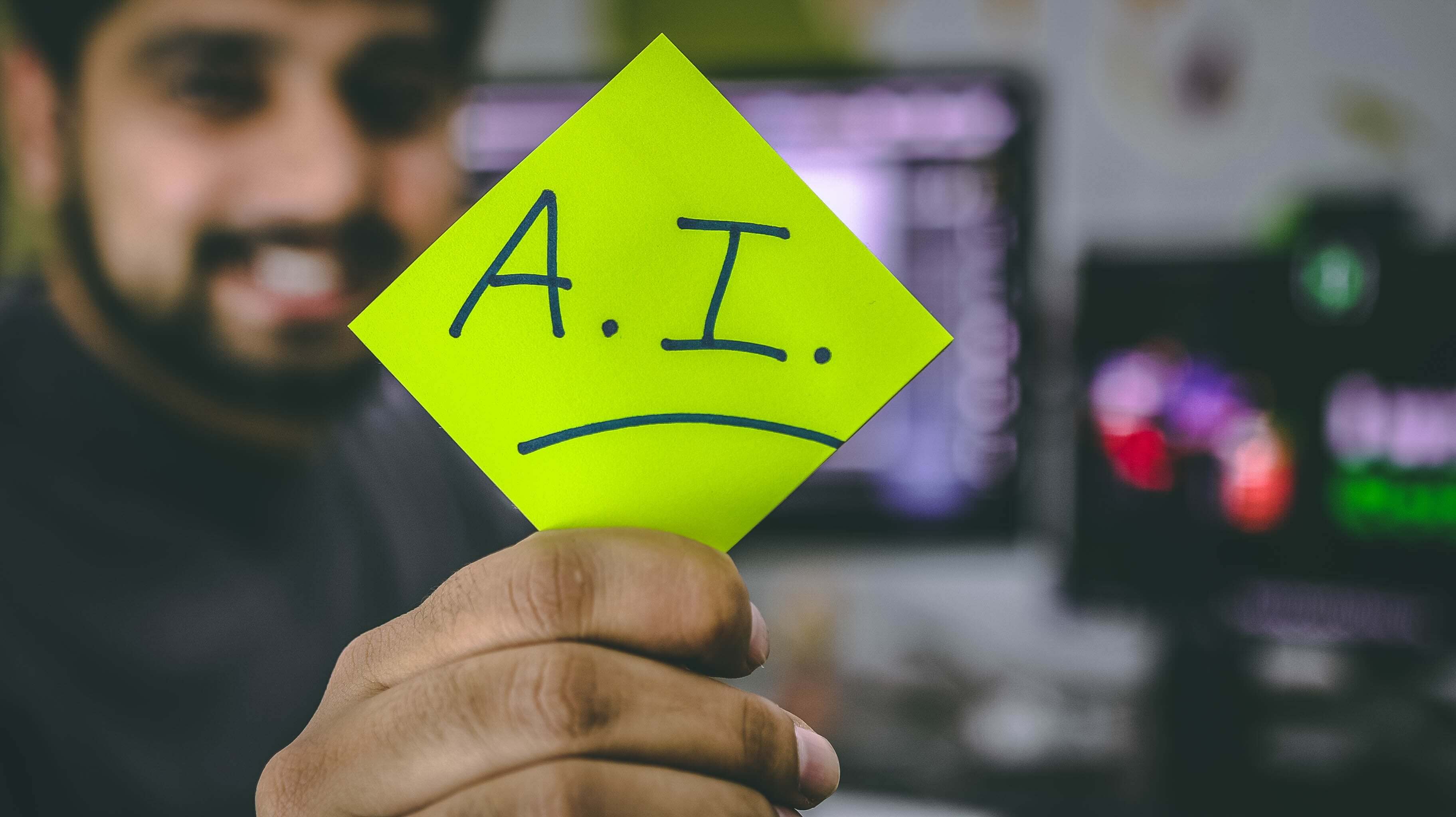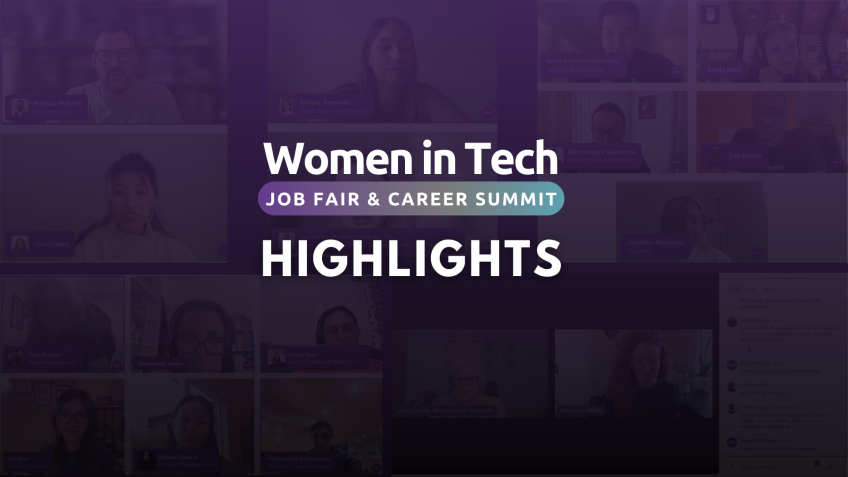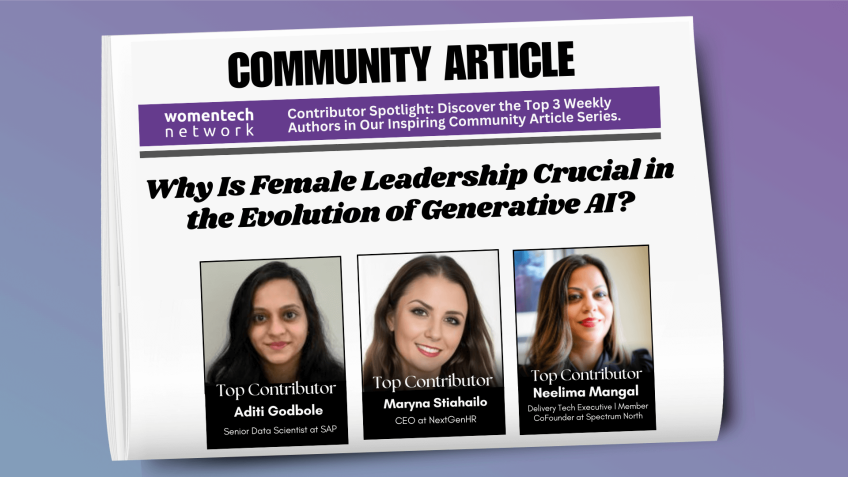
The gender pay gap has barely shifted in the last decade. For example, a recent study showed there’s a 1.6%pay gap for women in STEM professions. It’s pretty clear that if it were up to the male-dominated corporate management, this gap wouldn’t be closing anytime soon.However, hope comes in the form of Artificial Intelligence (AI) and the various applications we’re discovering for it.
This article is going to explore the way AI can help to close the gender gap and create a workplace culture based on equality.
7 Applications of AI to Close The Gender Gap in 2024
Some of these AI applications have already become standard in the corporate world. Discover how AI is being incorporated as we work toward a future of equal opportunity.
#1. Bias Detection to Improve Hiring and Promotions
Only recently, AI was being slammed for the inherent bias included by its creators. Often, the datasets used to train these AI were based on past hiring trends and the probability of promotion — historically, these trends have always favored men.
In 2015, cloud-computing giant Amazon scrapped their AI-based hiring software. The company used its past 10 years of hiring patterns to train the machine, which immediately began to ignore female applicants.
Nowadays, AI bias is heavily monitored so that mess-ups like these don’t happen anymore.
Luckily, AI is now being used to detect deep-set bias instead of accidentally creating it. AI analysis allows employers to monitor hiring and promotions in relation to gender, cultivating more awareness for equality in the workplace.
#2. NLP Helps Businesses Analyze Employee Sentiment
Similarly, AI enables teams to analyze the sentiment of their employees in real-time. Through public messages, emails, surveys, and more, AI can help management to understand their workplace culture.
These insights allow employers to analyze the following:
- Bias in HR practices;
- Salary inequality;
- Workplace dynamics;
- Incidents of harassment or bullying.
Due to Natural Language Processing (NLP), AI can analyze employee sentiment in order to predict future inequality. This means that any discrimination can be snuffed out before it infects your company culture.
#3. E-learning Makes Further Education Genderless
Only a couple of decades ago, training and career development seminars tended to be a boy’s club. Unless you were part of the clique, career Learning and Development (L&D) was out of reach for a majority of women.
Today, e-learning has shattered the way we view L&D for employees of any kind. According to LinkedIn’s 2023 Workplace Learning Report, 89% of L&D professionals believe that employee skill development will help to navigate the future of work.
Employees can’t be held back anymore due to differences in education and experience, as AI-based e-learning software is providing accessible and gender-neutral L&D.
#4. AI-Optimized Healthcare Tailored to Gender
Countless women in the past have had to pay out-of-pocket for gender-specific health issues and treatments. This was almost always due to inequalities in employee healthcare plans.
AI is now being incorporated into healthcare in order to provide a highly customized and personal plan to each employee, regardless of:
Disability;
Gender;
Mental health issues;
Pre-existing conditions.
With AI doing the math, it’s now easier for companies to create more inclusive plans that accommodate gender-specific treatments without excessive additional costs.
#5. The Ecosystem of Remote Work Tools Powered by AI
Women have had pregnancy held over their heads for too long — companies would argue that a woman “couldn’t keep up” during or after pregnancy. However, AI-powered remote working tools are eradicating this weak excuse.
This vast ecosystem of remote work software includes:
Instant communication channels;
Project management and collaboration tools;
Video-conferencing software;
HR and employee management.
No longer can the gift of childbirth be used to keep women from advancing in their roles. These days, it’s a clear sign of a lack of equality in the company culture and not the fault of the employee.
#6. Security Against Gender-Based Harassment and Cybercrime
The larger the company, the harder it gets for HR and management to monitor harassment, cyberbullying, and gender-based crime. This issue is widespread and often hard to spot, making AI’s NLP abilities quite valuable.
Due to various reasons, certain subgroups are targeted by cybercrime and bullying more often:
Women: Sensitive subjects like domestic violence are used to bully or coerce women into divulging private data.
Transgender or Non-binary: These individuals are targeted more often for cyberbullying.
Elderly: The easiest and most likely targets for cybercriminals are your older, less tech-savvy staff.
Disabled: Power dynamics in the workplace can get abusive, and disabled people are often the unfortunate targets.
Through AI-driven NLP and cybersecurity software (antivirus, download VPN client, firewall, etc.), even your most vulnerable staff can be protected and supported.
#7. Creation of new company policies in tandem with AI
The only way we’ll ever rid ourselves of the pay gap in the future is if we rewrite outdated and biased company policies. However, this has been attempted time and time again with no success due to the remaining biases among management staff.
With AI in charge, new policies can be created from the ground up to support women and any minority groups.
This way, the ideas of gender equality can be set in stone to foster diverse corporate structures and a healthy company culture.
Wrapping up…
It feels like we’re standing still when we talk about the gender pay gap, but perhaps that’s all about to change.
Advancements in AI technology are showing the most promise in addressing gender inequality in the workplace.
Heading into 2024, could your company use the neutral, helping hand of AI?








